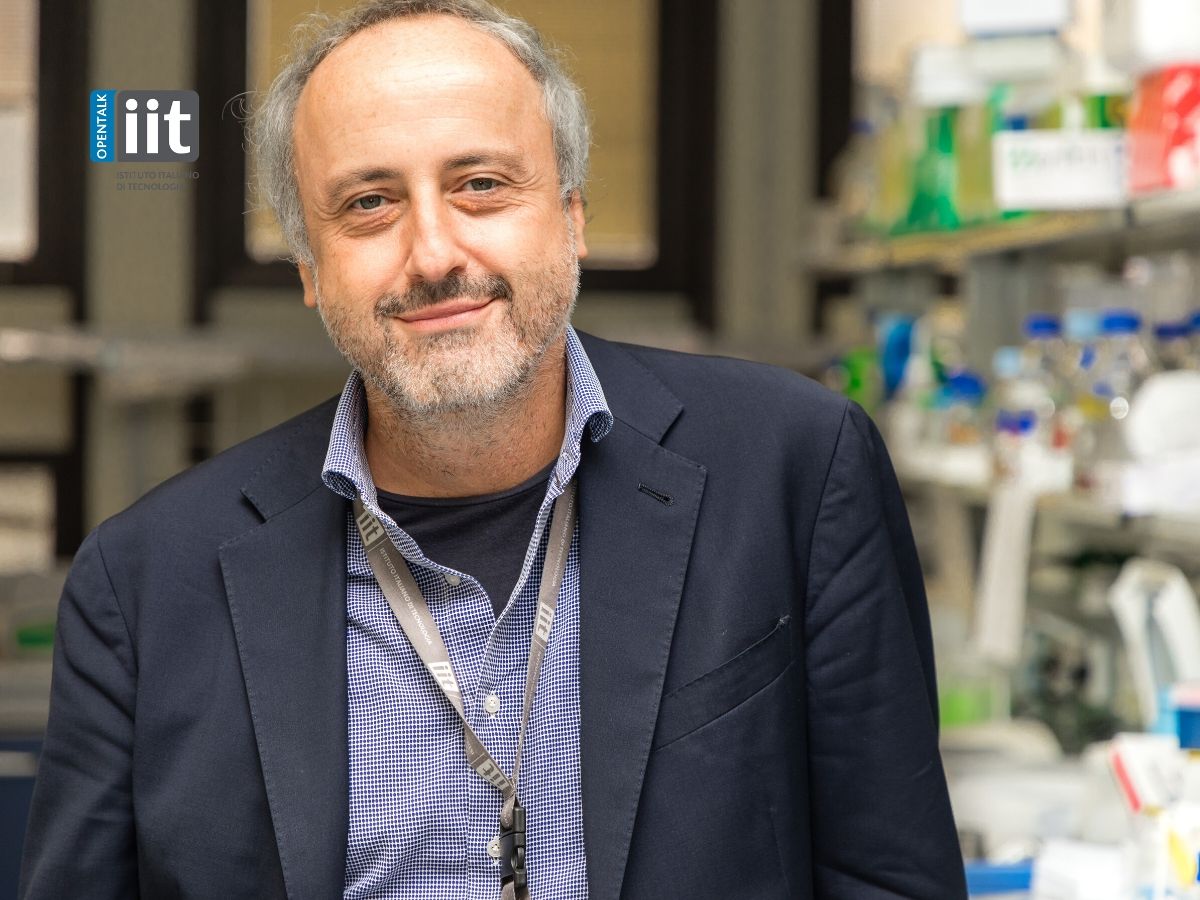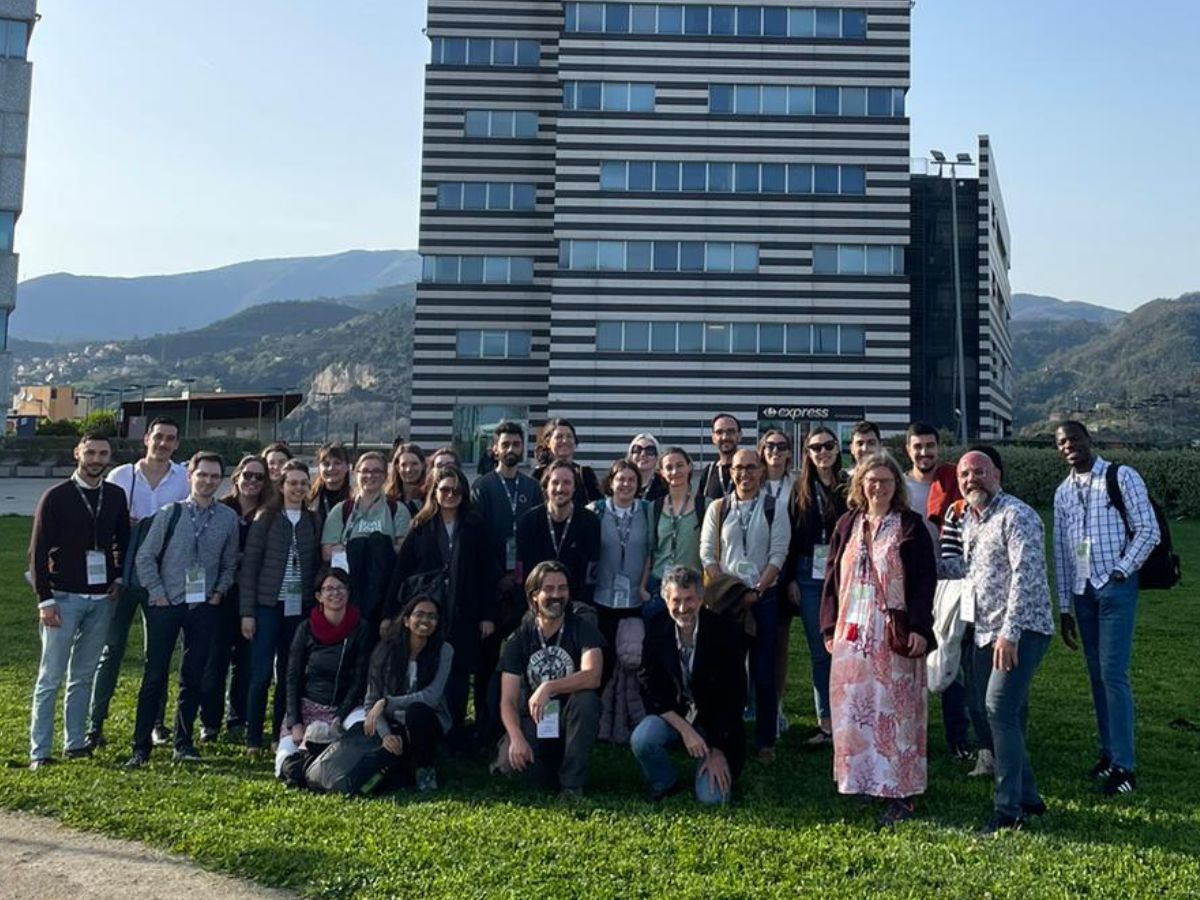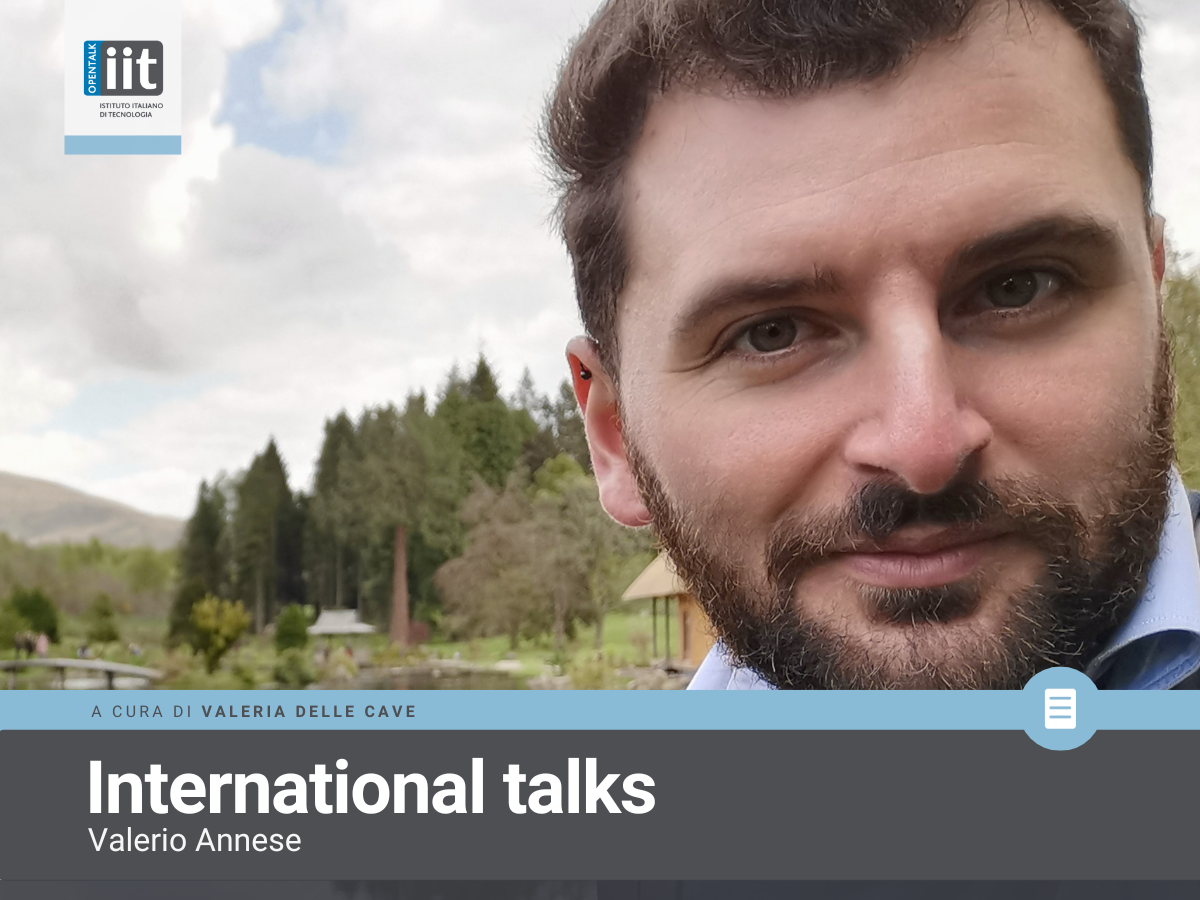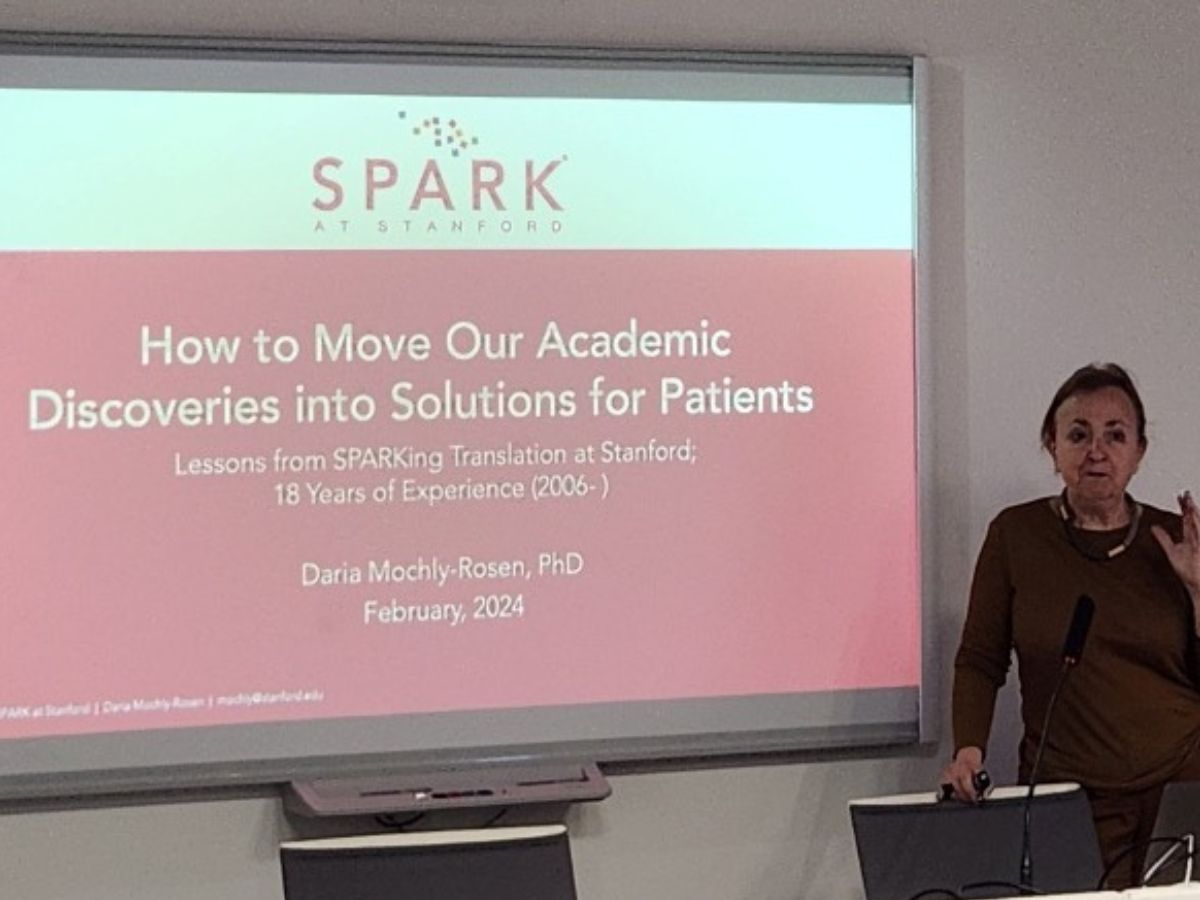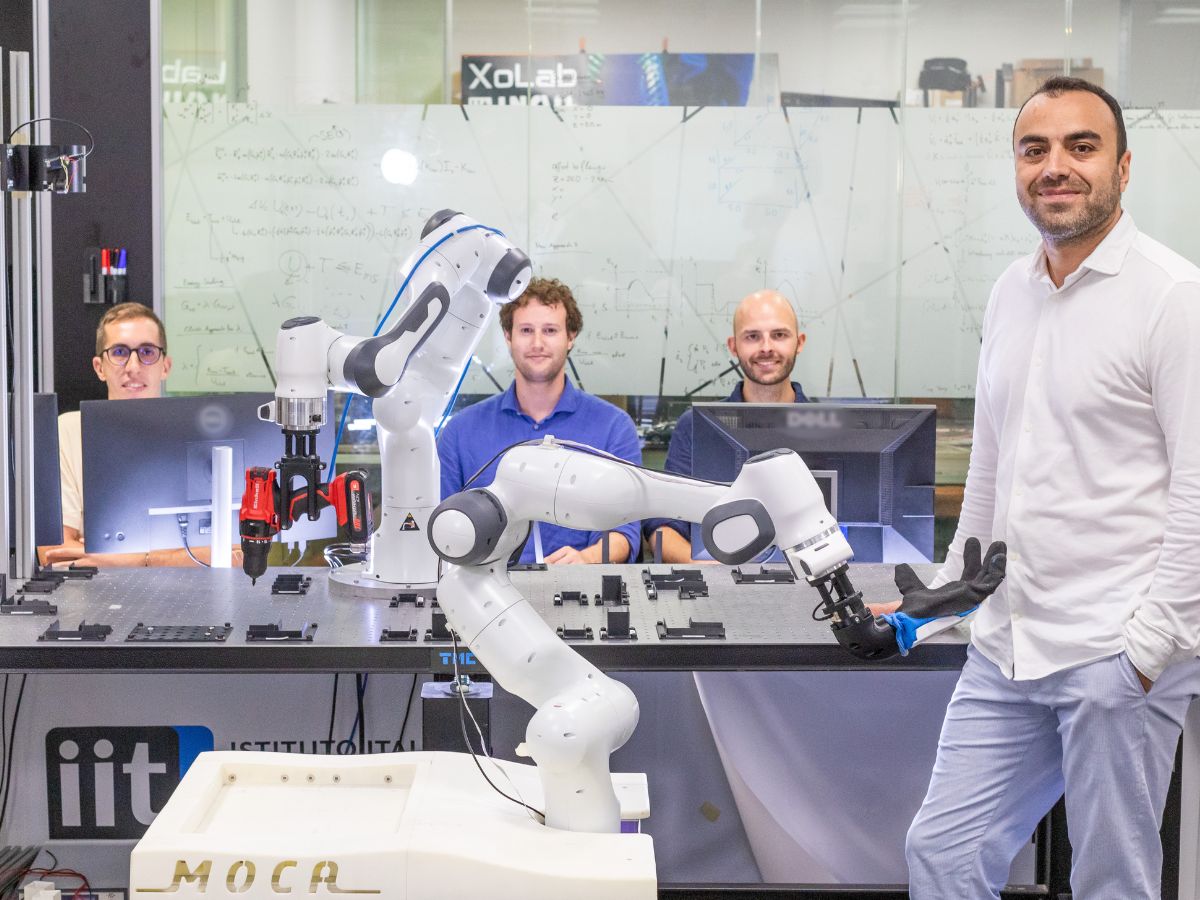Interview with Stefano Gustincich, Deputy Director for the IIT Technologies for Life Science division
At least among the experts it is no secret that Stefano Gustincich was one of the main creators and editors of the Human Technopole project. The tour de force took place in August 2015, with the then IIT director, Roberto Cingolani, who was hot on his heels daily.Much water, muddy and sometimes stormy, has passed under the bridge since then. Today the geneticist Stefano Gustincich is the Deputy Director for the Technologies for Life Science division of the Italian Institute of Technology in Genoa, which includes 35 research groups made up of a total of 300 people. His brainchildren include a genomics facility at the Center of Human Technologies in Erzelli, which houses the Central RNA Laboratory which he shares with Irene Bozzoni, Gaetano Tartaglia and Andrea Cavalli and a Joint lab ready to leave with the Gaslini Children’s Hospital of Genoa to incorporate genomic analysis into hospital diagnostic practice. And among the new projects, together with Andrea Cavalli, the Aosta Centre for personalised preventive medicine (CMP3) deserves mention, which the IIT is setting up with a budget of 15 million euros together with the City of Health in Turin, Engineering D-HUB, the local university and the astronomical observatory.The goal is to sequence 5,000 genomes of patients from the Aosta Valley in collaboration with the Parini hospital in Aosta to create a large medical and computational genomics project aimed at personalising treatments in the oncological, neurological and child neuropsychiatry fields. Knowing the gene variants of this population, in fact, will make treatments more precise and appropriate. At least that’s the theory. To do this – Covid permitting – the establishment of a biobank is expected which will feed the subsequent computational and traditional researches to achieve this result, which in many ways recalls the original inspiration of Human Technopole.Gustincich is always on the go and just imagine how he is juggling his commitment to the IIT of Genoa, his family life in Trieste (where he is also a professor on leave at Sissa), the Aosta Valley project and the start-up IIT Transine Therapeutics of Cambridge, which he founded a few years ago to develop new RNA drugs.RNA cures are his mantra, the philosopher’s stone that has been on his mind for twenty years. Since when, with a PhD in molecular biology at Sissa in Trieste, he went to specialise at Harvard with an EMBO scholarship. His return to Italy occurred thanks to the winning of the prestigious Career Developmental Award of the Armenise-Harvard Foundation to unravel the mysteries of post-genomics. I met him for a couple of hours in a bar in Milan Central Station on February 21, the day of the first case of Covid not brought from abroad, who was hospitalised at the Sacco Hospital. It was sunny, people were travelling and still having fun. Stefano was in transit as usual, and over a hamburger he introduced me to the rudiments of RNA medicine.“Keep in mind that traditional drugs are designed as protein modifiers, but they manage to reach less than a thousand, 4% of the total. Current therapies are therefore very limited, extremely expensive and not very specific, cutting out, moreover, a large part of the rare diseases. In fact, they only consider 5% of the genome, which is responsible for coding proteins, while up to a few decades ago the remaining 95% were thought to be so-called junk DNA. But it is at least since 1974, with Klein’s works, that we know that this ‘junk’ is actually transcribed in RNA which can prove useful for new therapies.”At the end of the nineties, first with the discovery of microRNA then RNA interference and later with the discovery of non-protein-coding RNA, a new horizon unfolded for new therapies. The principle was apparently simple. Gustincich summarises, “RNA is made up of sequences of different lengths, of four bases, which can be delivered into the body of the patient to couple them with the malfunctioning genes. In some cases these mutated genes either do not produce the required proteins, or they produce insufficient quantities because only one of the pairs of genes on the DNA work properly (a phenomenon known as haploinsufficiency). In other cases, genes produce proteins in toxic or mutated quantities, which cause disease. In still other cases, it is not the genes that code for proteins that function badly, but regions of the genome that have regulatory functions. RNA in its various forms therefore constitutes an extraordinary opportunity to modify gene expression in vivo by producing new drugs. It is a very specific solution because RNA acts without modifying the genome yet managing to change the production of proteins in one direction or another, for example by degrading messenger RNA which is the main means for their production, or acting directly on particular RNAs (such as microRNAs) involved in pathophysiological processes. And it is a scalable therapy, as it is enough to change the basic sequence of RNA to target other genes.”For fifteen years, however, RNA therapy remained fruitless, and disappointment followed the initial enthusiasm. Twenty years of cataloguing and studying the various forms of RNA have formed the theoretical basis for imagining therapies that clashed, however, with the difficulty of delivering the transcripts to their destination, that is to say into the cells to be treated. “In recent years there has been a great deal of identification, isolation and understanding of the functioning of new RNA molecules, in particular of those not coding for proteins. Then we had to learn how to modify them in the laboratory and formulate them to become drugs,” continues Gustincich. “As often happens in medicine, the great theoretical revolutions generate great enthusiasm but then take a long time to bring concrete results. This moment has come: in 2018, in the United States and Europe, the first RNA-based therapy for hereditary amyloidosis was approved – a potentially fatal disorder in which abnormal proteins accumulate in the nerves and organs such as the heart. But there are now many RNA therapies under development, and about twenty in the clinical trials phase.”Gustincich mainly studies neurodegenerative diseases such as Alzheimer’s, Parkinson’s and ALS, as well as neurodevelopmental disorders with a genetic basis (autism spectrum disorders, schizophrenia, epilepsy), and hundreds of rare hereditary diseases of the nervous system. The initial results are also being seen in this sector.This is the case, for example, with three drugs which, by exploiting the mechanism of RNA interference, are able to produce the protein that can save children affected by the most severe form of spinal muscular atrophy (SMA1) which can lead them to die within the second year of life.”The challenge is to cure diseases that are resistant to any treatment, like Parkinson’s and Alzheimer’s,” explains Gustincich. “There are various reasons for this difficulty, such as the unclear understanding of what triggers them, their heterogeneity as well as the presence of the blood-brain barrier, which does not allow drugs to enter easily, which is why it was necessary to resort to intranasal or intrathecal administration (with direct access to the brain). However, it has been seen that this process can be made efficient through the use of particular vectors such as inactivated adenoviruses.”For these diseases of the nervous system, a metaphor borrowed from Chinese philosophy applies: Yin and Yang. “Yin is about using therapeutic molecules such as small interfering RNA or antisense oligonucleotides to inhibit the expression of malfunctioning genes, reducing for example the production of toxic proteins. Yang, on the other hand, does the opposite: by administering different RNA molecules, the expression of genes is stimulated so that they produce a greater quantity of proteins, or act on other mechanisms aimed at restoring correct cellular homeostasis. In this context, the non-coding RNA molecules that we have isolated in our laboratory, called SINEUP, can represent a new scalable therapeutic strategy also for rare diseases.”Prior to these uses of the new RNA medicine, which every year churns out promising new molecules, there was a mammoth cartography of the human genome. Of painstaking cataloguing of thousands of transcripts. Of observation and study of their characteristics. Of laboratory modification and reproduction of the most promising molecules and their therapeutic formulation. Finally, the development of “postmen” (be they modified viruses or special nanoparticles) capable of bringing that handful of bases into the sick cells of patients. This is the daily work that takes place in the central RNA laboratory and in other divisions of the IIT.The interview is over, Gustincich must take the train back to Genoa. As I accompany him to the platform, I ask him if this skill in RNA biology developed by IIT will also serve to better understand the beast that now keeps us all indoors, the SARS-CoV-2, an RNA virus. The train left without time for an answer. We’ll talk about it soon in a future article.

